Kazakhstan is the ninth largest country in the world occupying the territory of 2,724,900 square kilometres and a population of over 18 million. Located on the Great Silk Road, Kazakhstan has one of the richest cultural heritages. Moreover, the territory is all about show-stopping views of landscapes and natural wonders. Part of cultural and natural wonders are now listed in UNESCO world heritage sites and are protected.
UNESCO Sites in Kazakhstan: Khoja Ahmed Yasawi Mausoleum
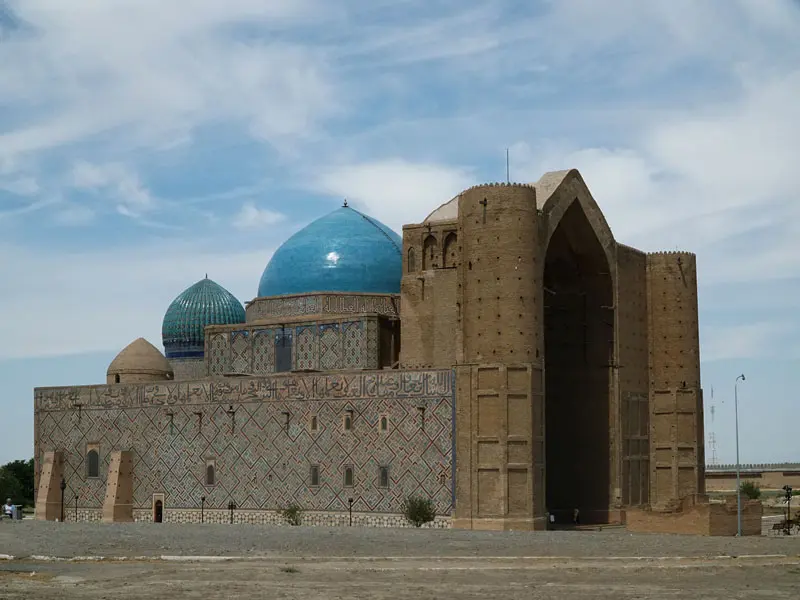
Khoja Ahmed Yasawi Mausoleum is located in Southern Kazakhstan, in the city of Turkestan. The construction started in the XIV century by the order of Timur and was left unfinished after his death. Even though the mausoleum is unfinished, it is an important historical and architectural monument. This is a bright example of Timurid architecture and the best-preserved construction of that era. Today it is a popular place of pilgrimage in Central Asia. Khoja Ahmed Yasawi Mausoleum was included in the list of UNESCO world heritage in 2003.
UNESCO Sites in Kazakhstan: Saryarka
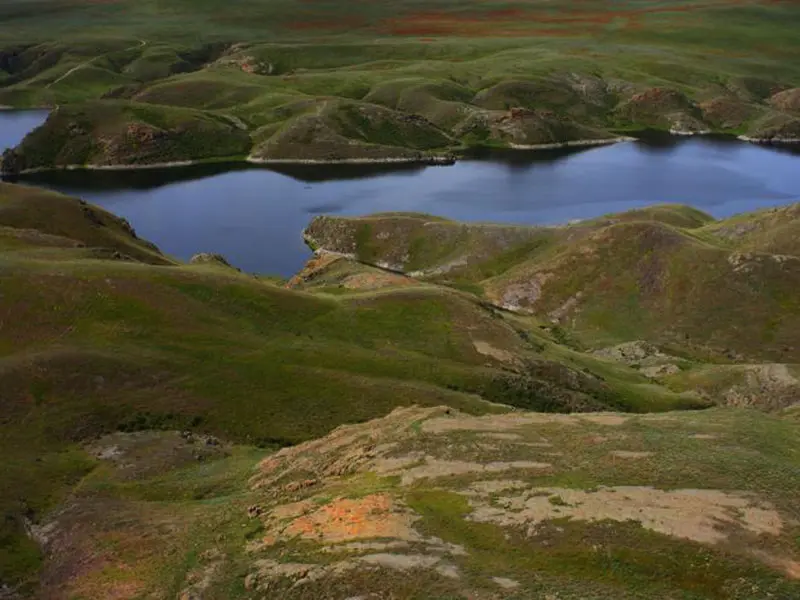
The steppe and Lakes are located in Northern Kazakhstan. Their natural wonders were included in the UNESCO world heritage list in 2008 for their unique flora, fauna, and landscapes. The two protected areas are located within the Kazakh Uplands that is also called Saryarka (literally translated as a yellow range).
There are two natural reserves on the territory occupying about 450.344 hectares. Naursum and Korgalzyn State Reserves represent unique wetlands that are extremely important for migrating birds from South Asia, Europe, and Africa. Some of the rarest bird species were found on the territory of reserves like the Siberian white crane.
UNESCO Sites in Kazakhstan: Tamgaly Petroglyphs
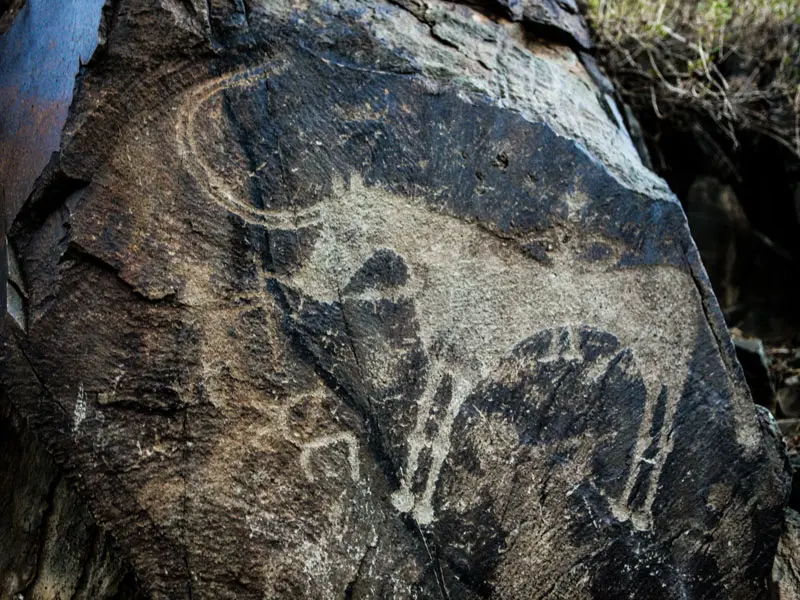
Tamgaly Petroglyphs and Archaeological Landscape are located in the Zhetysu, within the mountains of Chu-Ili and Iush Tamgaly Gorge, not far from the city of Almaty. There were found about 5000 petroglyphs on one side of the canyon and a part was found on the other side. The great part of petroglyphs dates back to the Bronze Age, some belong to the Iron Age and Middle Ages. Tamgaly Petroglyphs were listed in UNESCO world heritage in 2004.
UNESCO Sites in Kazakhstan: Chang'an-Tianshan Corridor of the Silk Road Routes
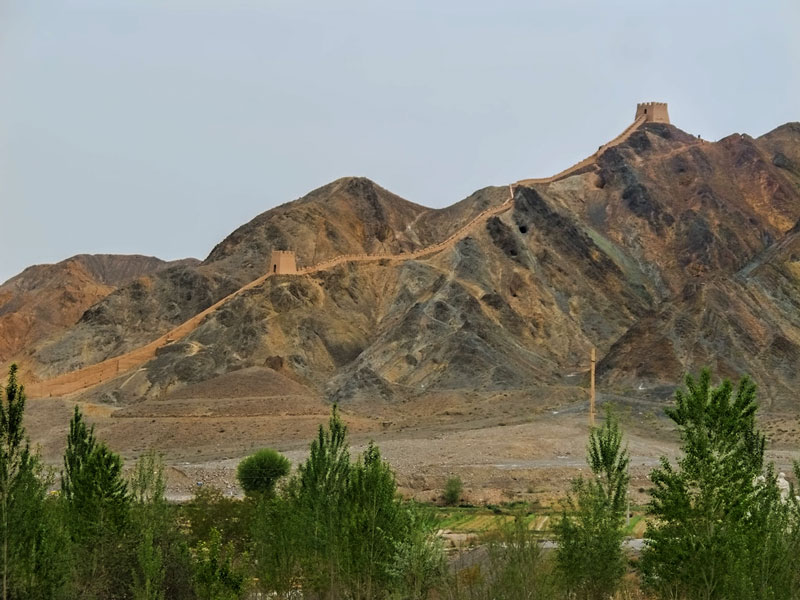
The Great Silk Road was a trade route that meant to connect East and West. Today this popular touristic route includes all the countries that once were part of Silk Road. In 2014, more than about 5000km (from Central China to Zhentsy region of Central Asia) was included in the list of UNESCO world heritage. This corridor goes through Kazakhstan, Kyrgyzstan, and China. The Chang'an-Tianshan Corridor includes 8 sites in Kazakhstan, 3 sites in Kyrgyzstan and 22 sites in China. The list of sites consists of ancient Buddhist temples, tombs, beacon towers, part of the great wall, palaces and capital cities. The sites in their turn are divided into four regions; Central China region, the Hexi Corridor in Gansu province, the Chuy valley of Kyrgyzstan and the Zhetysu Region of the Ili and Talas Valleys of Kazakhstan.
UNESCO Sites in Kazakhstan: Western Tien-Shan
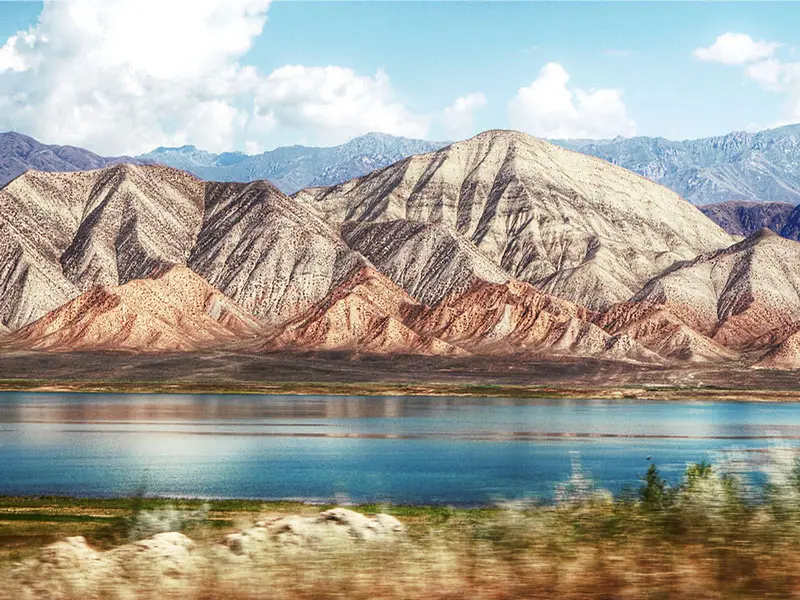
The latter site that was included in the list of UNESCO world heritage in 2016 was Western Tien-Shan. It is a transnational property that is shared with Kyrgyzstan and Uzbekistan. Tien-Shan is one of the largest mountain ranges in the world that is now a UNESCO World Heritage Site.
Choose the Tour to Central Asia you like most and we will organize your amazing holidays in 5 stans.













